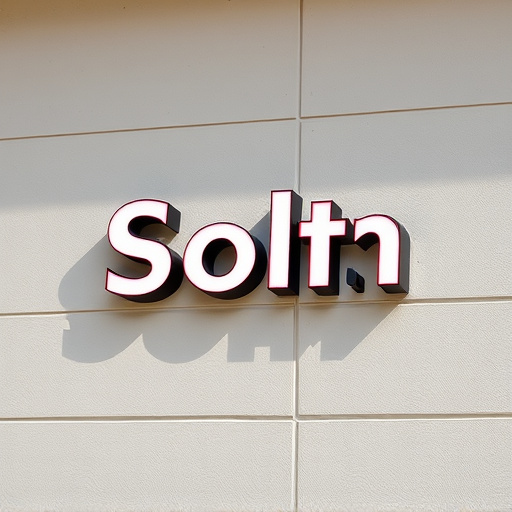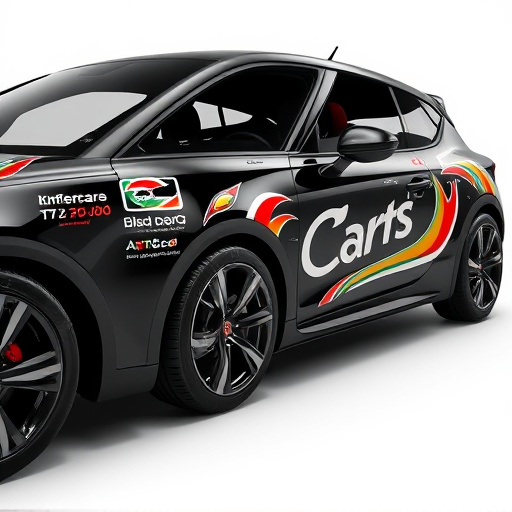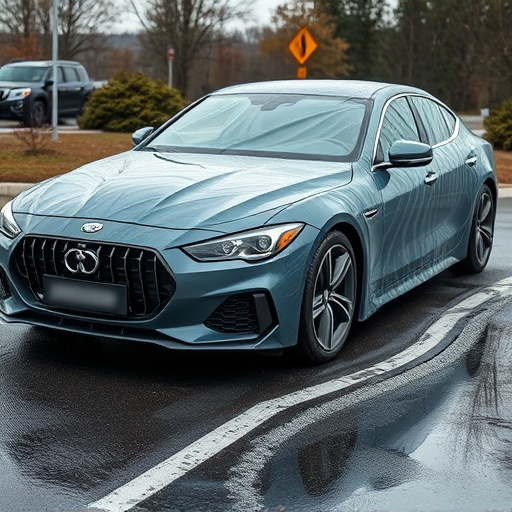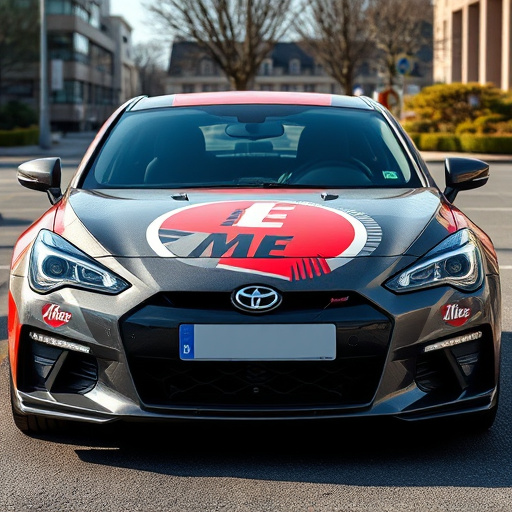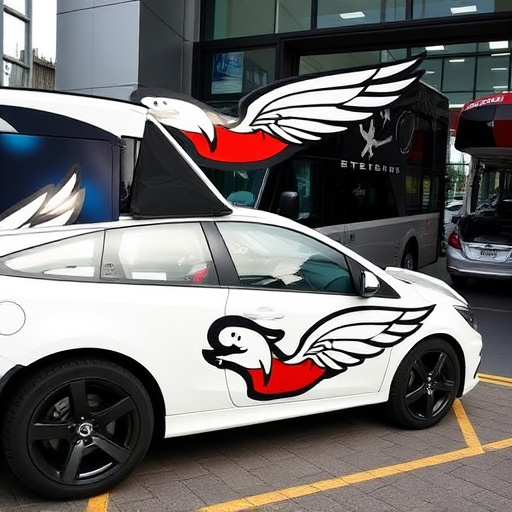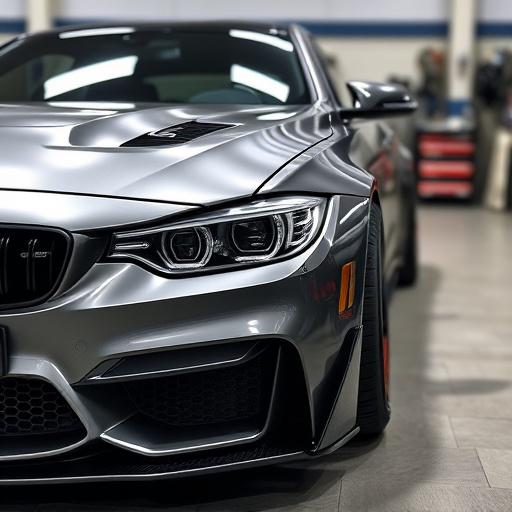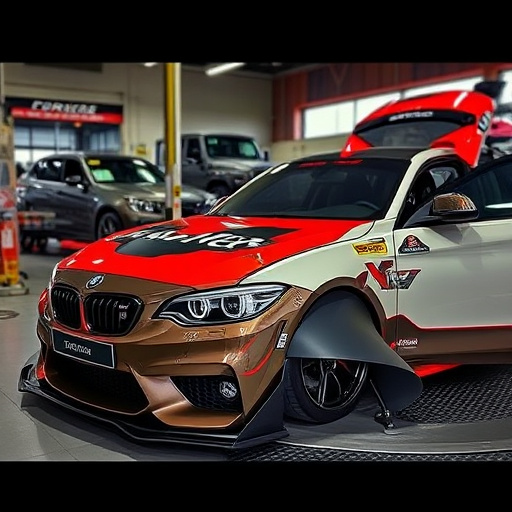Selecting typefaces is crucial for shaping brand identity design, conveying personality and influencing audience perception. Strategic typographic choices, like sans-serif or serif fonts, guide user attention through visual hierarchy, enhancing impact in media like vehicle wraps. Well-chosen fonts create memorable, distinct brands with visual harmony and readability, ensuring messages are easily comprehended. Effective typographic design strengthens brand identity through both appearance and communication.
Typography is a powerful tool in crafting an impactful and memorable brand identity design. The choice of typefaces sets the tone for your brand, guiding user focus through hierarchy and layout. A well-designed typographic structure enhances readability while creating visual appeal, ensuring your message resonates with audiences. This article explores how to leverage typography to elevate your brand identity, covering selecting typefaces, establishing hierarchy, and achieving optimal visual and practical results.
- Selecting Typefaces: Setting Your Brand Tone
- Hierarchy & Layout: Guiding User Focus
- Visual Appeal & Readability: Engaging Audiences
Selecting Typefaces: Setting Your Brand Tone

Selecting typefaces is a crucial step in defining your brand identity design. The right font can convey your brand’s personality and set the tone for how it’s perceived by your audience. Just as protective coatings shield vehicles during customization processes like paint correction, carefully chosen typefaces protect your brand from blending into the background. They ensure your message stands out, whether it’s a bold statement or a subtle whisper.
Each typeface carries a unique character—some are sleek and modern, while others exude classic charm. When designing your brand identity, consider the emotions you want to evoke. A clean, sans-serif font might suggest modernity and simplicity, perfect for tech startups. Conversely, a ornate serif font can impart tradition and sophistication, ideal for luxury brands. This strategic choice of typefaces is what turns a good design into an exceptional brand identity that resonates with its target audience.
Hierarchy & Layout: Guiding User Focus

The hierarchy and layout of a brand identity design are pivotal elements that guide a user’s focus, ensuring their eyes travel along the desired path. Typography plays a crucial role in establishing this visual hierarchy by dictating the weight, size, and placement of text, allowing designers to draw attention to key information. For instance, using larger, bolder fonts for headlines directs users’ gaze immediately to the most important messages, while smaller, subtler typesetting supports body text without detracting from the primary focus.
This strategic approach is especially relevant in dynamic mediums like custom vehicle wraps and vinyl wraps, where a brand’s identity needs to capture attention quickly. By carefully considering typography within these designs, businesses can ensure their message not only stands out but also guides potential customers’ interest effectively, enhancing the overall impact of the brand identity.
Visual Appeal & Readability: Engaging Audiences

The visual appeal and readability of a brand’s typography are fundamental aspects that captivate audiences and foster engagement. In today’s digital landscape, where attention spans are limited, effectively designed typefaces play a pivotal role in creating a memorable brand identity. A well-chosen font can transform a simple design into an eye-catching masterpiece, ensuring your brand stands out from the crowd. It’s about creating a visual harmony that is both aesthetically pleasing and functional.
When a brand’s typography is visually appealing, it instantly draws in viewers, making them more inclined to explore further. For instance, consider automotive brands utilizing custom fonts inspired by speed and precision—a subtle nod to car customization can enhance the overall aesthetics without overwhelming the design. Similarly, using high-quality paint protection film with meticulous typographic details can elevate a vehicle’s overall look, reflecting not just in its physical appearance but also in how it communicates the brand’s essence to its audience. Readability is equally crucial; clear and legible typography ensures that messages are easily comprehended, allowing audiences to quickly grasp the brand’s value proposition.
Typography is a powerful tool in shaping your brand’s visual identity. By carefully selecting typefaces, organizing hierarchy and layout, and prioritizing readability, you can create a design that effectively communicates your brand’s tone, guides user focus, and captivates audiences. Remember, the right typography choices can make all the difference in how your brand is perceived, making it an essential aspect of any successful brand identity design strategy.


